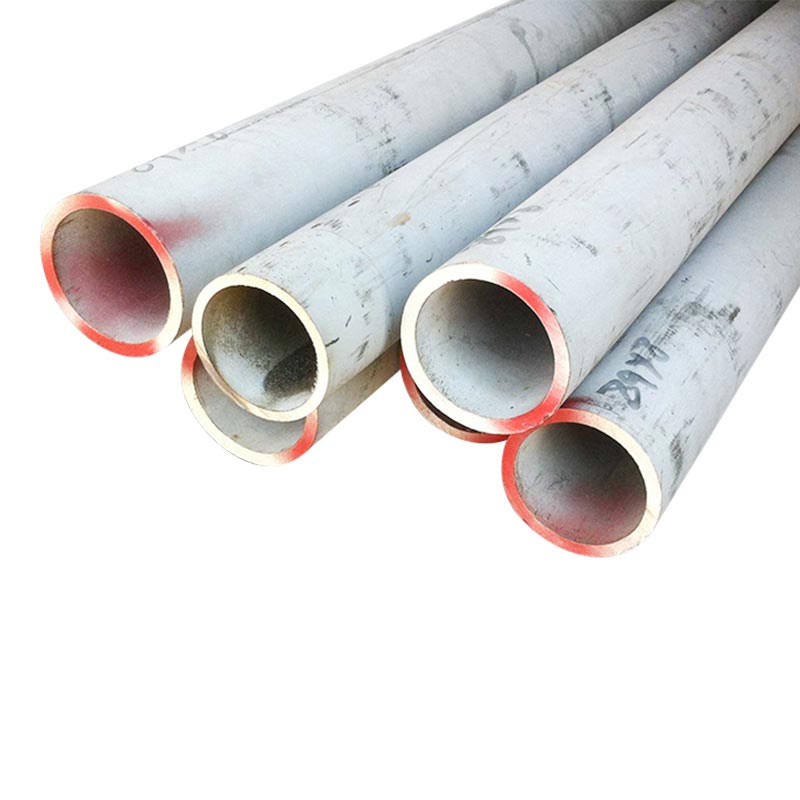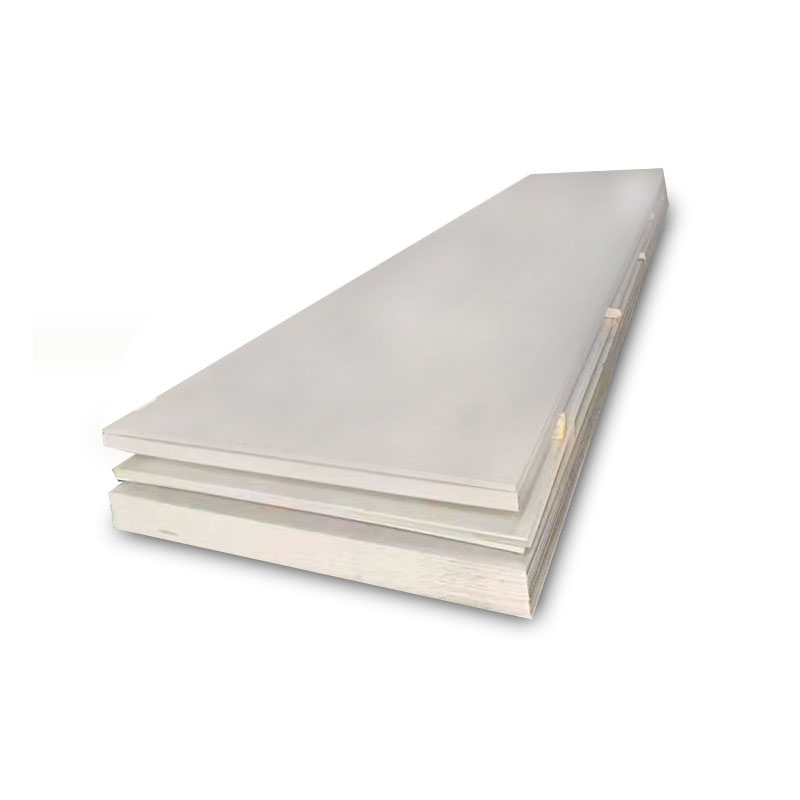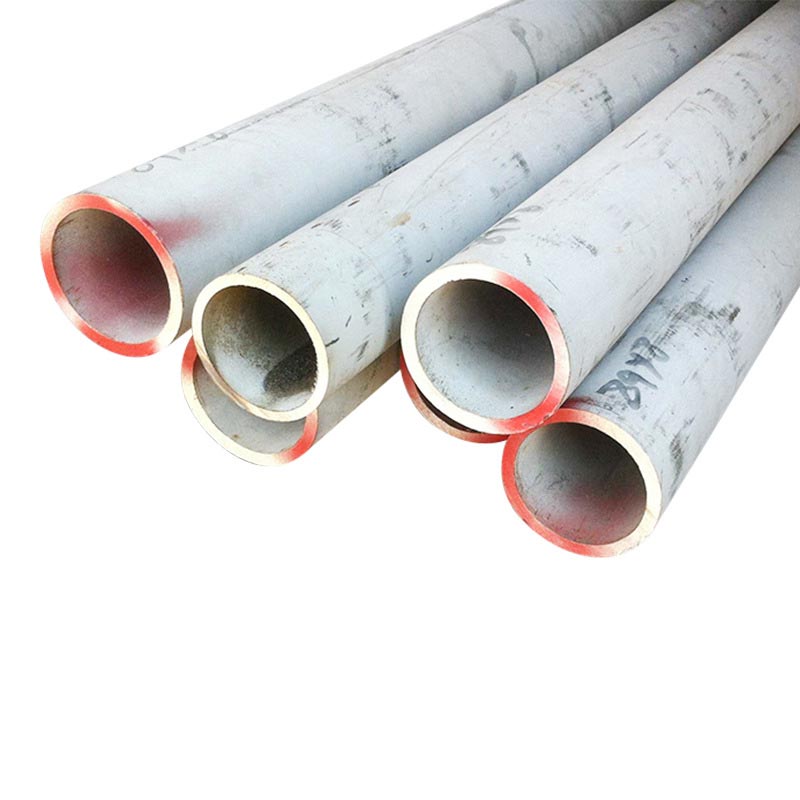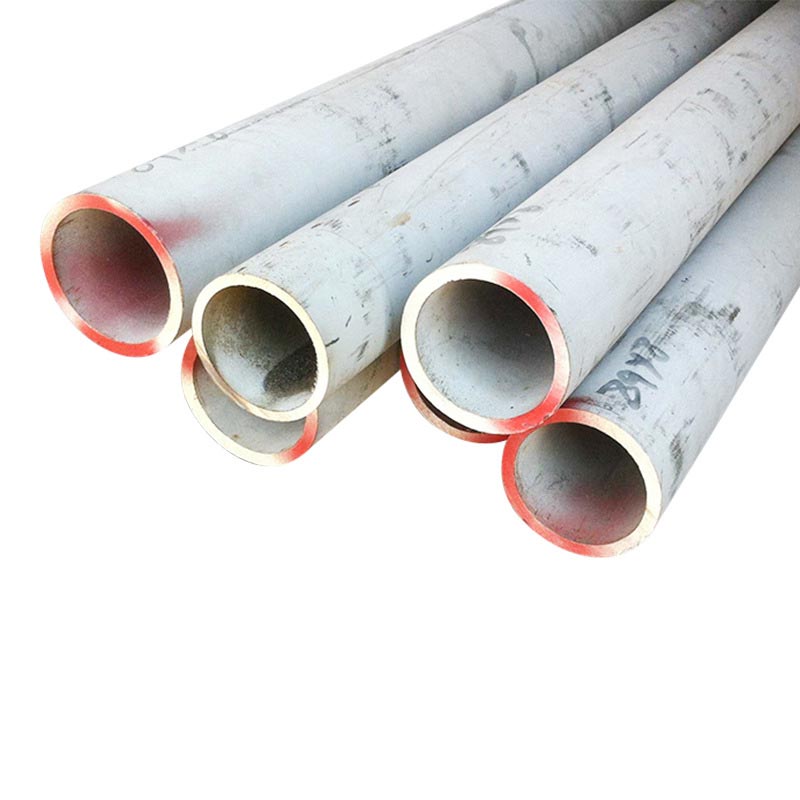Surface treatment methods for stainless steel
The surface treatment methods for stainless steel are diverse, aimed at improving its appearance, enhancing corrosion resistance, increasing hardness, or meeting specific decorative requirements. Here are some common surface treatment methods for stainless steel:
Mechanical polishing:
Using sanding belts, grinding wheels, or polishing machines to polish the surface of stainless steel, removing roughness and defects to achieve a smooth and shiny finish.
Suitable for processing simple parts and small to medium-sized products, but difficult for complex parts, and the gloss may not last long.
Acid pickling:
Cleaning stainless steel with acidic solutions (such as hydrochloric acid) to remove oxide layers, weld marks, and contaminants, restoring the brightness and purity of stainless steel.
Alternatively, non-polluting acid pickling passivation paste and cleaning solutions with inorganic additives at room temperature can be used for immersion cleaning to achieve a white finish that reveals the natural color of stainless steel.
Electroplating:
Depositing a layer of metal (such as chromium, nickel, or copper) on the surface of stainless steel through electrolytic deposition to improve corrosion resistance, hardness, and appearance.
Mainly divided into two methods: aqueous electroplating and vacuum ion plating.
Chemical coloring:
Forming an oxide film on the surface of stainless steel through chemical reactions to change its color for decorative or identification purposes.
Common coloring methods include chemical oxidation coloring, electrochemical oxidation coloring, ion deposition oxide coloring, high-temperature oxidation coloring, and gas-phase pyrolysis coloring.
Sandblasting:
Using high-speed jets to propel abrasive particles onto the surface of stainless steel, removing contaminants, scratches, and oxide layers, while increasing surface roughness and texture.
Sandblasting can improve the adhesion of bonded parts, optimize the surface finish of machined parts, and achieve a matte surface treatment.
Sulfuric acid polishing:
Immersing stainless steel in a sulfuric acid solution to remove oxides and impurities from the surface through chemical reactions with the metal, enhancing smoothness and brightness.
Electrochemical polishing:
Achieving a mirror-like finish on the surface of stainless steel through electrochemical methods, with stable processes, low pollution, low cost, and long-lasting gloss.
Suitable for high-end small to medium-sized products that require a mirror-like finish for an extended period.
Surface brushing:
Creating straight or curved textures on the surface of stainless steel through mechanical methods to enhance the aesthetic appeal and hand feel of the product.
Various patterns such as straight lines, threads, waves, irregular patterns, and spirals can be created.
Spray painting:
Applying paint to the surface of stainless steel to change its color and texture.
It is important to choose the appropriate paint to avoid damaging the oxide layer on the surface of stainless steel.
Etching:
Creating various patterns on the surface of stainless steel through chemical methods to enhance the decorative appeal of the product.
These treatment methods can be applied individually or in combination to achieve the desired surface effects and performance requirements. The appropriate treatment method should be selected based on specific application needs and the type of stainless steel material. For example, electroplating or sulfuric acid polishing can be chosen for applications requiring high corrosion resistance and brightness; sandblasting can be selected for applications requiring increased surface roughness and texture; and chemical coloring or spray painting can be chosen for applications requiring various colors on stainless steel products.
- Why Does Tinplate Steel Win Real-World Packaging Projects Today?
- Surface Quality Inspection Methods and Precautions for 304 Stainless Steel Sheet
- What is the Manufacturing Process of Stainless Steel Tube?
- Welding Quality Measures for 304 Stainless Steel Seamless Tubes
- How to Choose the Stainless Steel Tube for Your Industrial Needs?
- Bright Annealing Conditions for 304 Stainless Steel Tube












